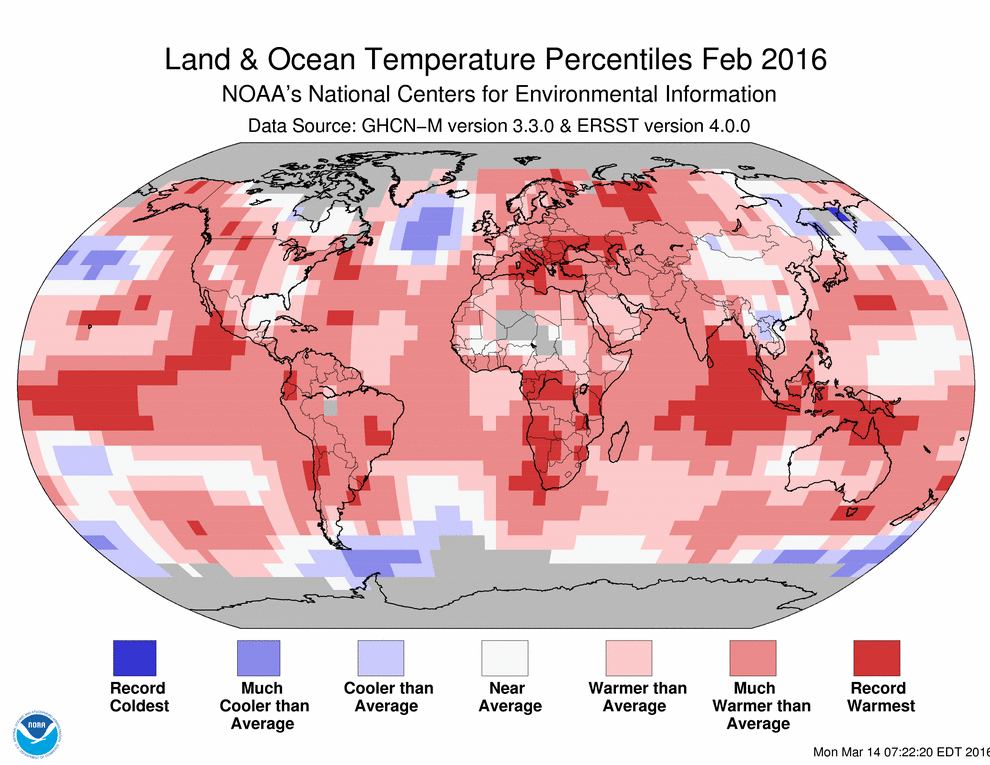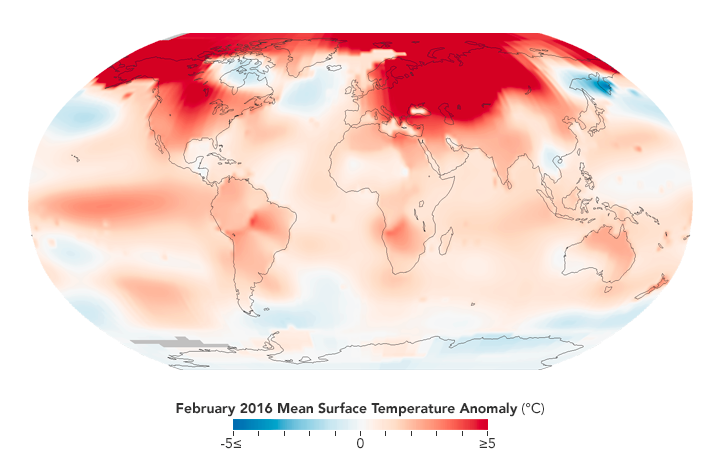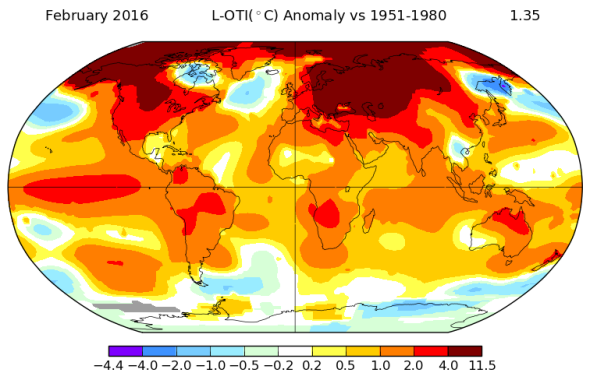cancel2 2022
Canceled
An apparent slowing in the rise of global temperatures at the beginning of the twenty-first century, which is not explained by climate models, was referred to as a “hiatus” or a “pause” when first observed several years ago. Climate-change sceptics have used this as evidence that global warming has stopped. But in June last year, a study in Science claimed that the hiatus was just an artefact which vanishes when biases in temperature data are corrected.
Now a prominent group of researchers is countering that claim, arguing in Nature Climate Change that even after correcting these biases the slowdown was real. There is this mismatch between what the climate models are producing and what the observations are showing,” says lead author John Fyfe, a climate modeller at the Canadian Centre for Climate Modelling and Analysis in Victoria, British Columbia. “We can’t ignore it.”
Amazingly, one of the authors of the new paper is Michael Mann of hockey stick fame. Maybe we should say the “pause” has been “Mann-splained”?
Here’s Scientific American on the story yesterday:
.
Now a prominent group of researchers is countering that claim, arguing in Nature Climate Change that even after correcting these biases the slowdown was real. There is this mismatch between what the climate models are producing and what the observations are showing,” says lead author John Fyfe, a climate modeller at the Canadian Centre for Climate Modelling and Analysis in Victoria, British Columbia. “We can’t ignore it.”
Amazingly, one of the authors of the new paper is Michael Mann of hockey stick fame. Maybe we should say the “pause” has been “Mann-splained”?
Here’s Scientific American on the story yesterday:
.
The disagreement may seem esoteric, but it underpins the biggest climate disagreement of the past decades. Climate models, which are virtual representations of our planet, project that temperatures were much higher in the early 2000s than was the case in reality. Scientists have been trying to understand why.
but remember: everything is settled, shut up, and hand over your car keys. Because we can ignore it, unless you’re the moral equivalent of Holocaust denier.
http://www.powerlineblog.com/archives/2016/02/mann-splaining-the-pause.phpbut remember: everything is settled, shut up, and hand over your car keys. Because we can ignore it, unless you’re the moral equivalent of Holocaust denier.







